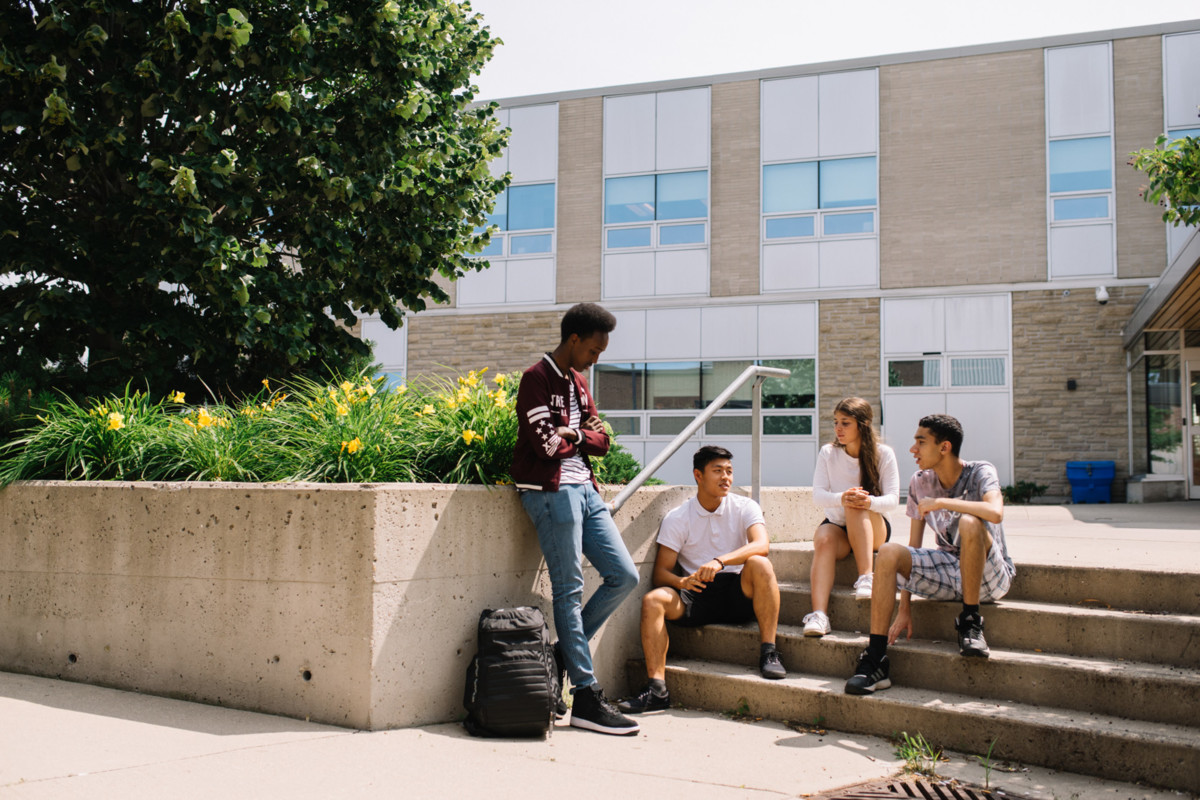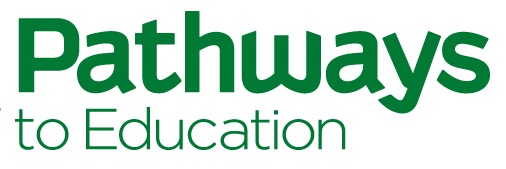All students deserve
an education,
but without access
to academic,
financial, and
social supports,
some may not be able
to graduate from high school.
Help close the gap.
Donate NowStruggles with remote learning
Many students living in low-income communities have lost access to quiet, distraction-free places to study. In families where parents don’t have the option to work from home, students have no one to provide academic support and motivation, and older youth must prioritize caring for younger siblings.
will be
taking
care
of his
younger
siblings
while
his
parents
go to
work,
which
means he
may not be
the first in
his family to
go to college.
wants to
focus
on school,
but she
has to
work more
hours at her
part-time job
to help with
her family’s rent,
which means
she may not
get a university
scholarship.
Increased financial pressures
The cost of devices and reliable high-speed internet needed to follow online classes has been a huge financial burden for many families in low-income communities. Job losses during the pandemic resulted in many students taking on more work to help support their families, reducing the time spent on their studies.
Overcoming learning loss
School disruptions have set all students back in their learning, but youth in low-income communities—those with the fewest resources available to them—are most at risk of long-term negative impacts. Learning loss, combined with the barriers to education that they already face, will leave many students struggling to catch up.
always dreamt
of going to
university.
But they
struggle
with math
and can’t
afford
a tutor.
Now
they may
never fulfil
their goal
of graduating
with their
classmates.



Close the gap.
Empower youth to thrive post-pandemic.
How we’re helping
- Since the start of the pandemic, we’ve worked to ensure Pathways students have the tools required to attend school online. Our low-bandwidth video platform ensures students with limited access to the internet can still connect with tutors and mentors.
- We’ve created safe spaces for students (virtual and in-person, where possible) to talk to Pathways staff as well as peers. We’re helping students stick to school-related routines and keeping them on-track with their studies.
- Over the course of the pandemic, Pathways staff and mentors have continued to motivate students and encouraged them to build healthy habits to support their emotional well-being.
- Through a comprehensive range of academic, financial, social, and one-on-one supports, we’re assuring students that the barriers created by the pandemic are not insurmountable.
- We’re working hard to ensure the pandemic does not increase high school dropout rates.
With your support, we will close the gap for students in low-income communities.
Help close the gap.
Donate today.
Our newsletter
Show your support. Sign up to receive stories, news, and other Pathways info straight to your inbox!

